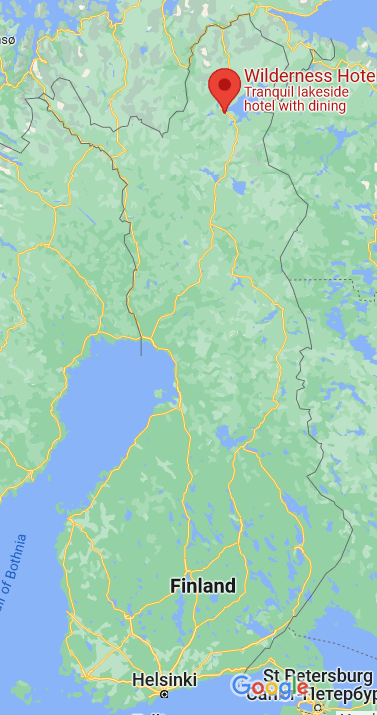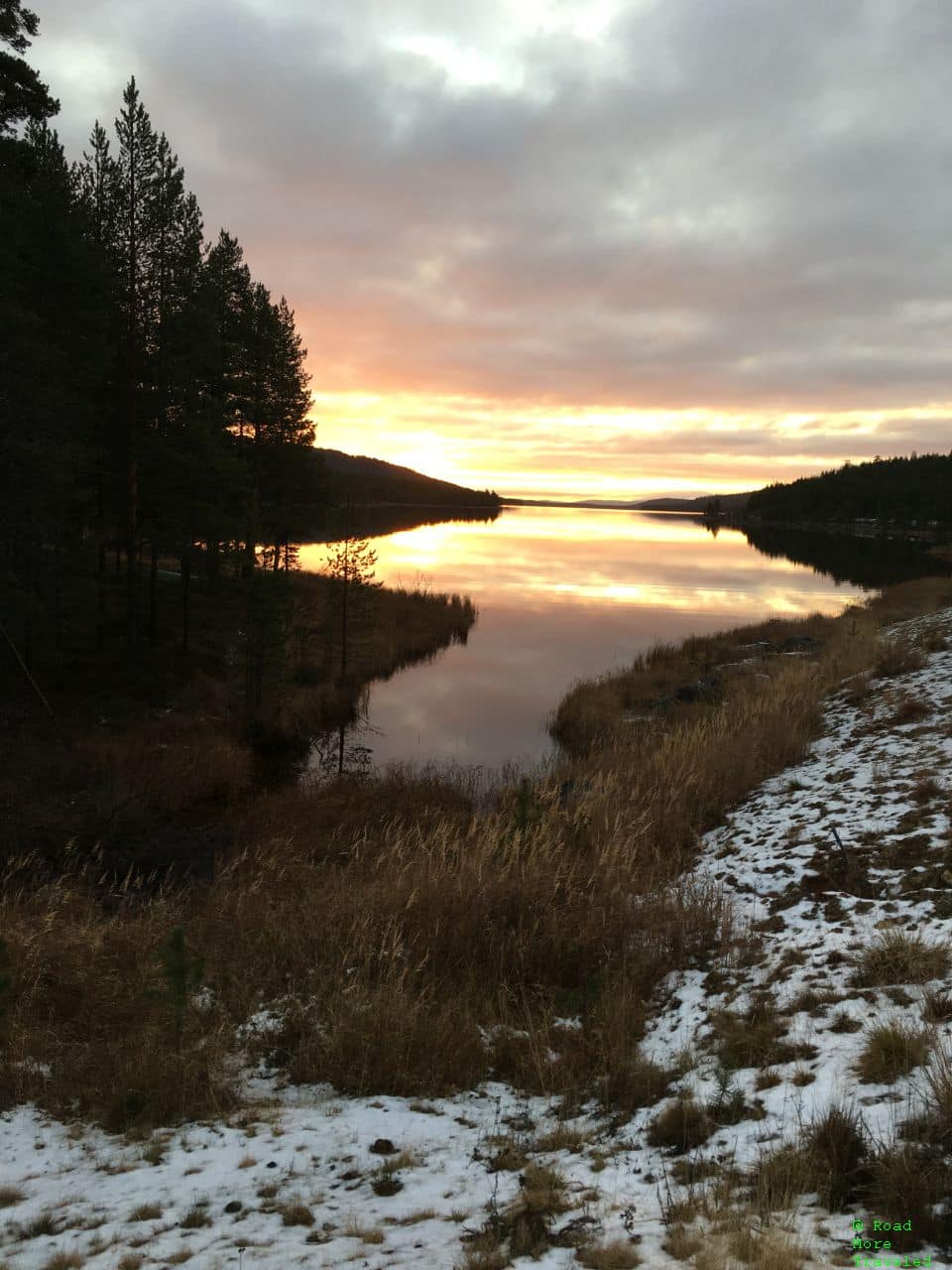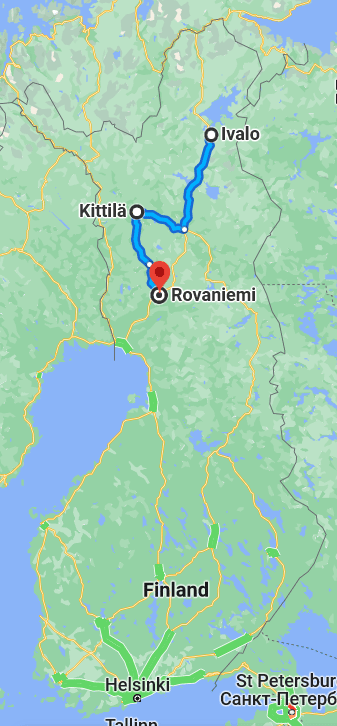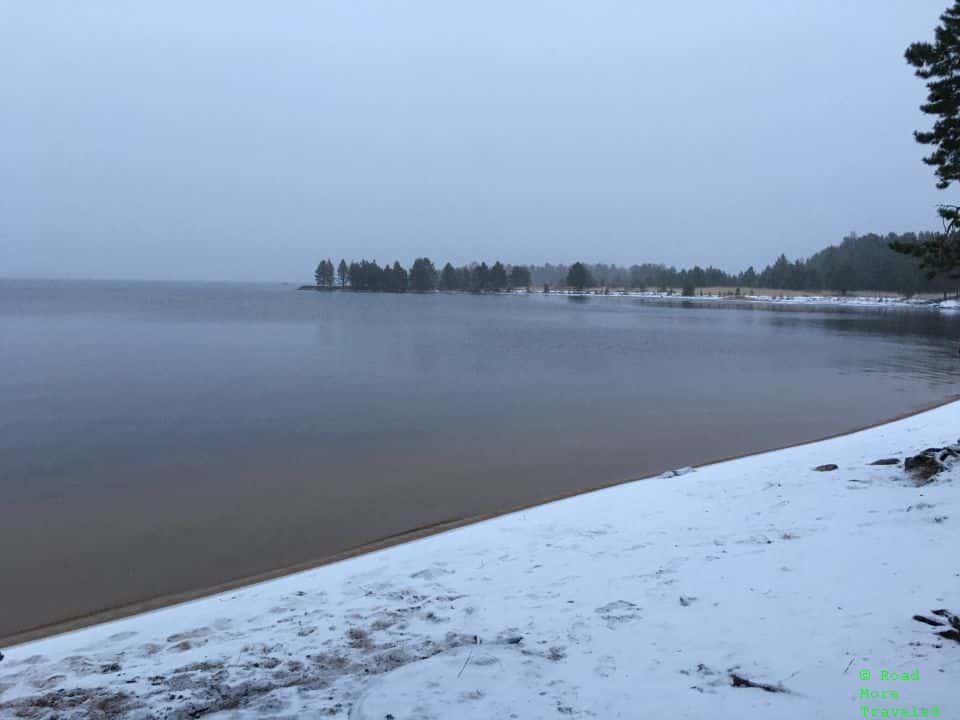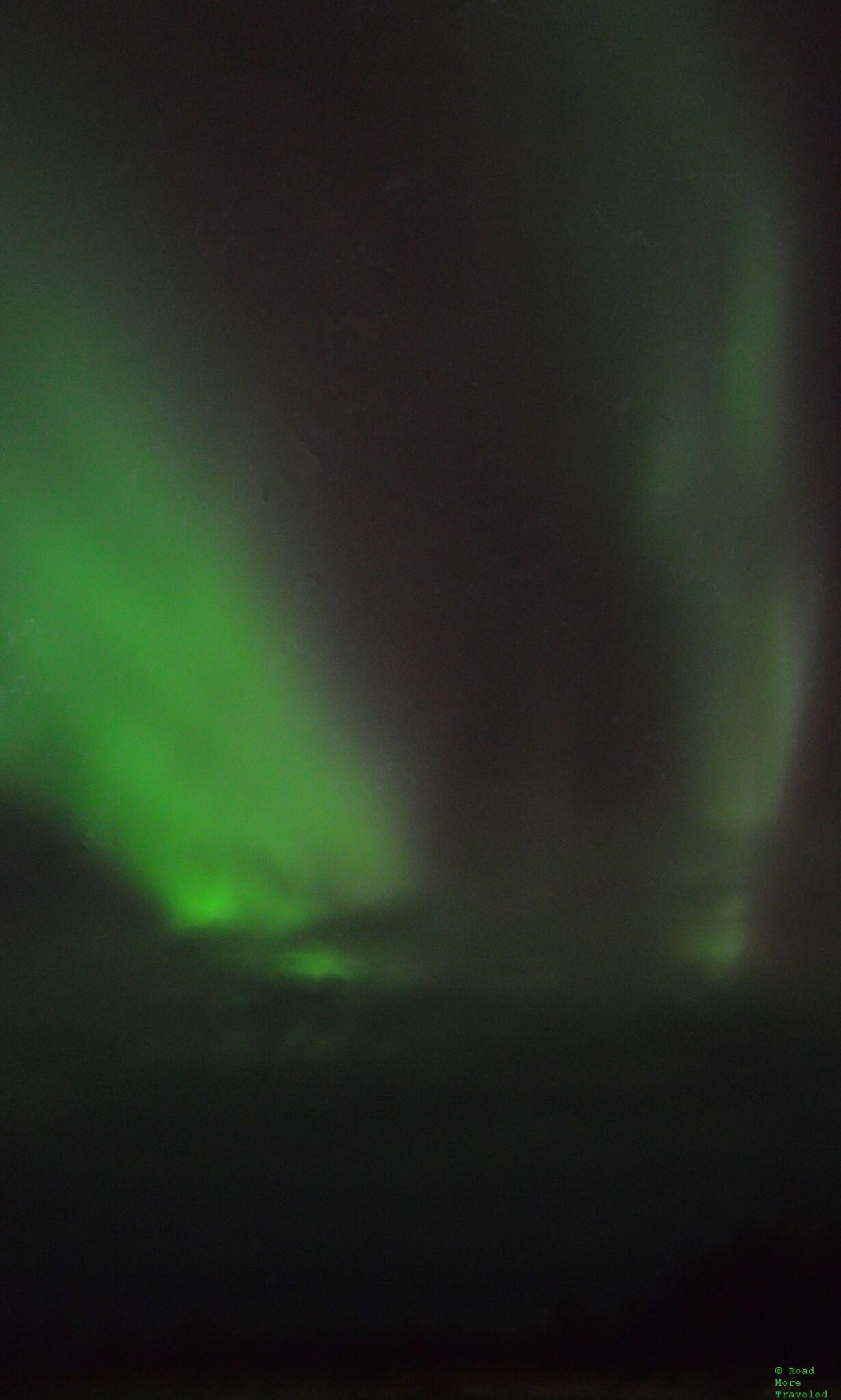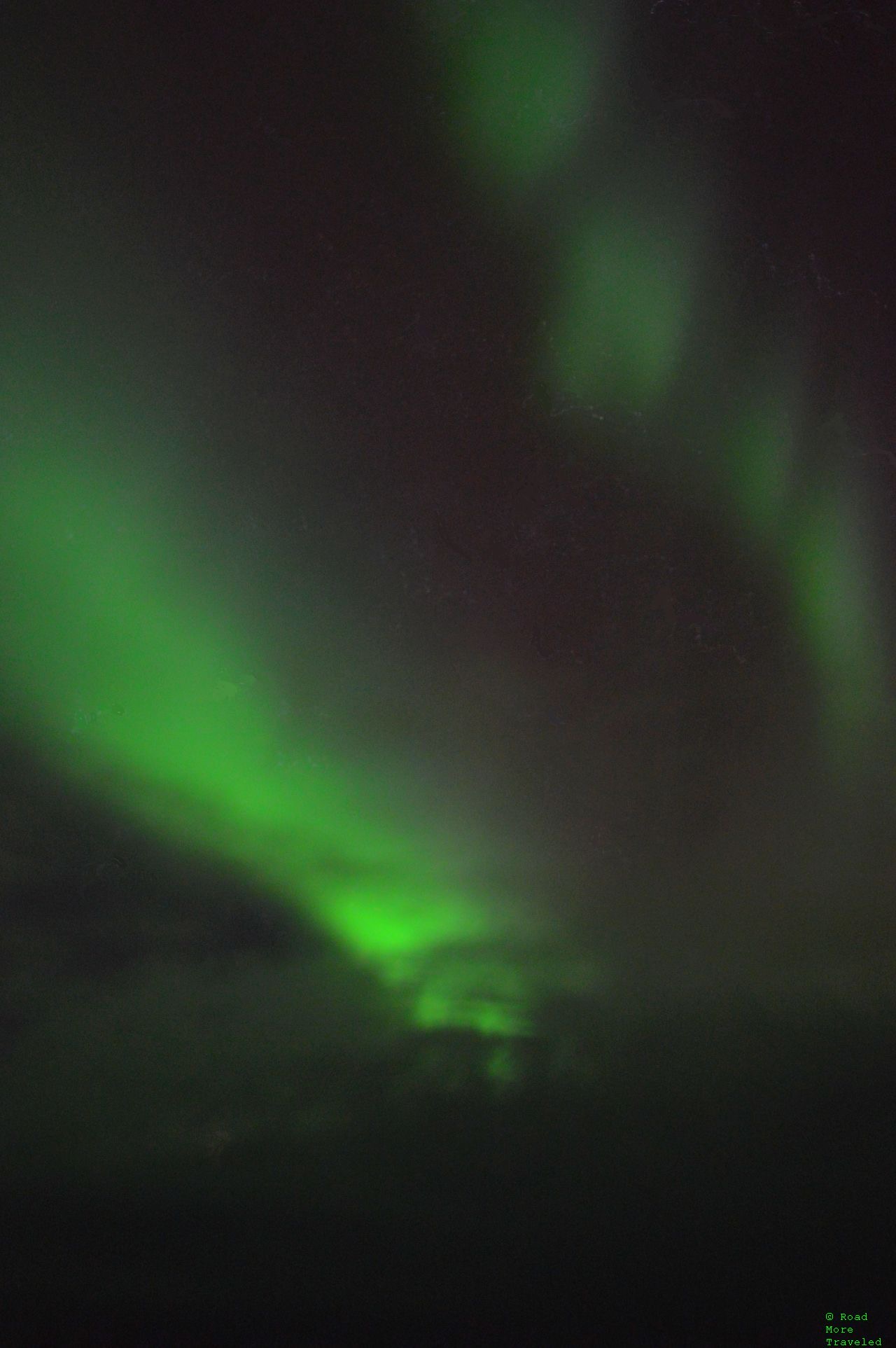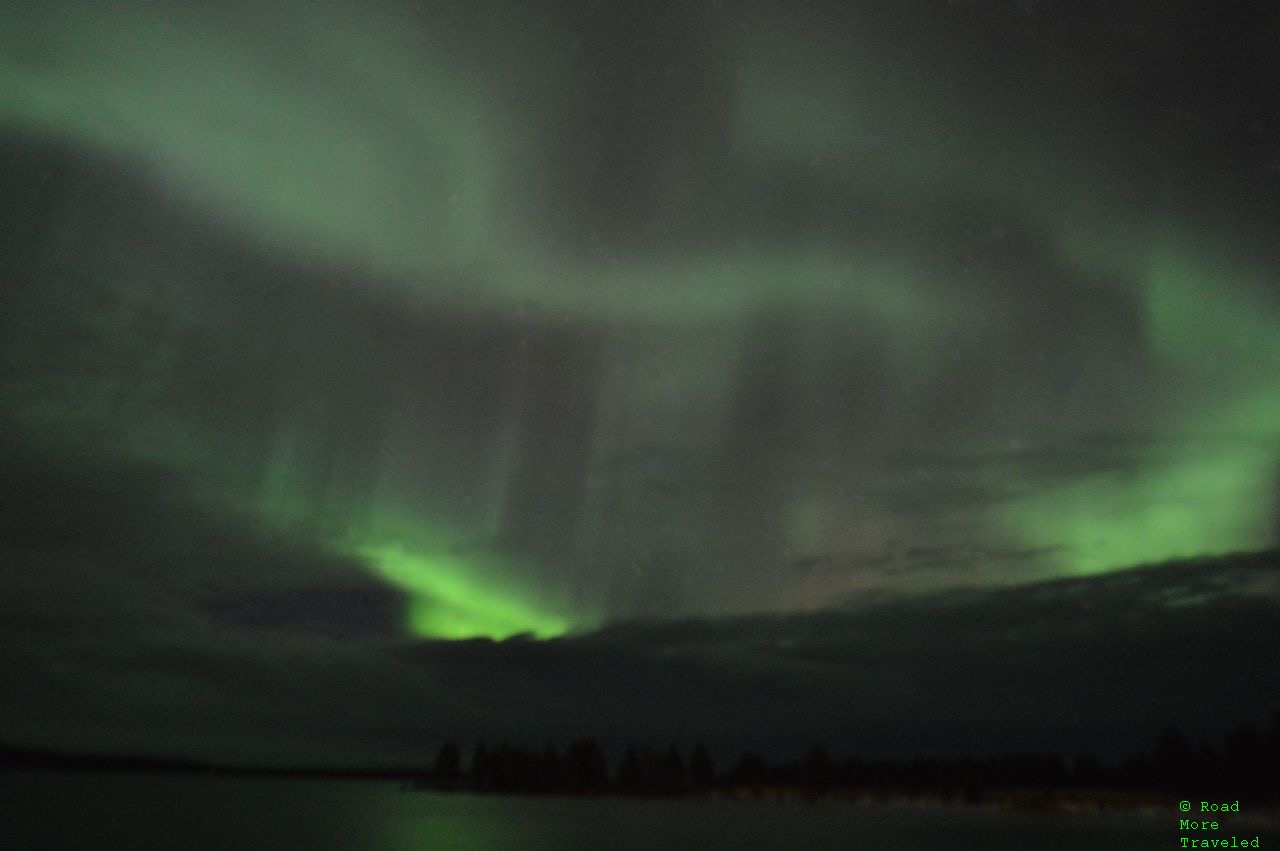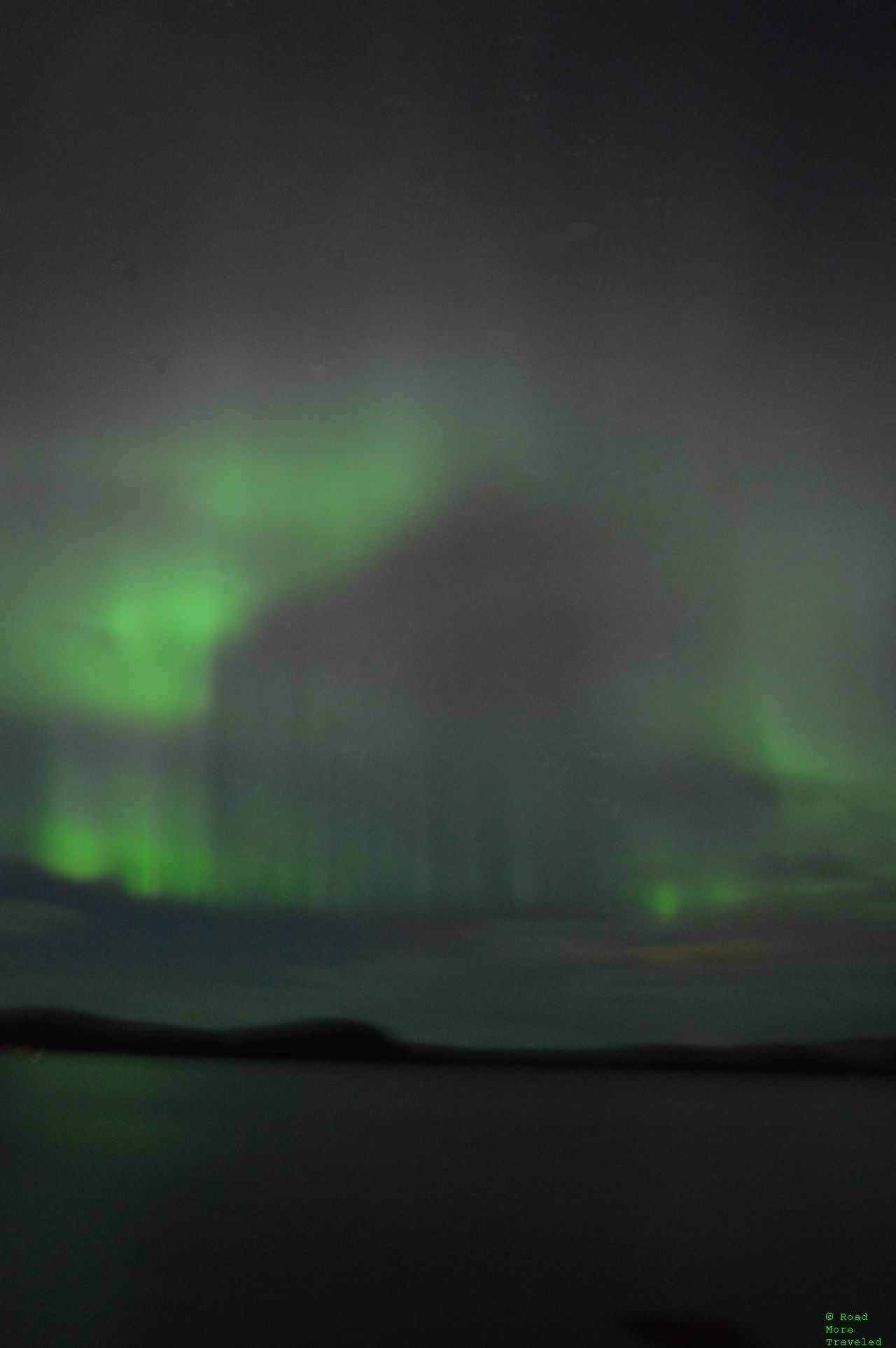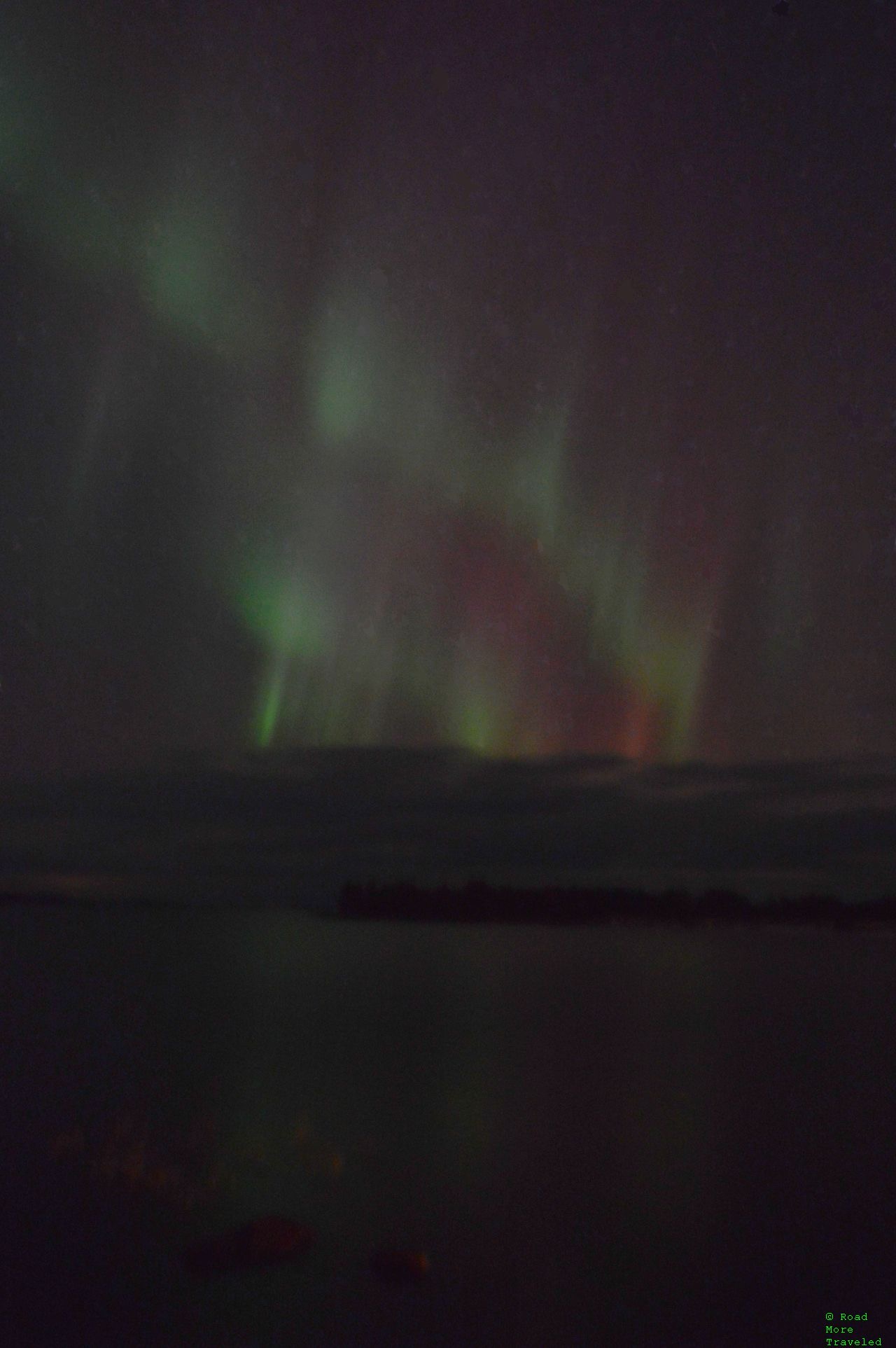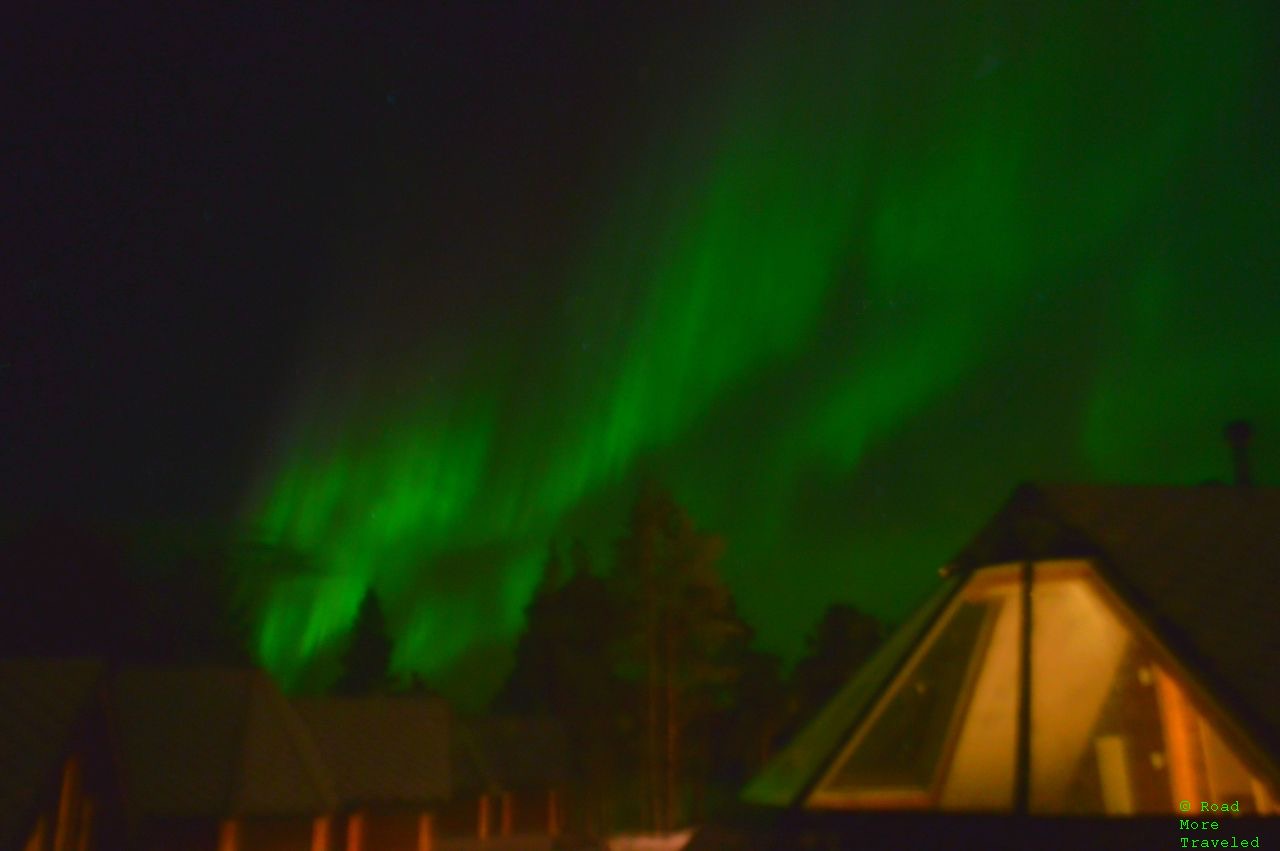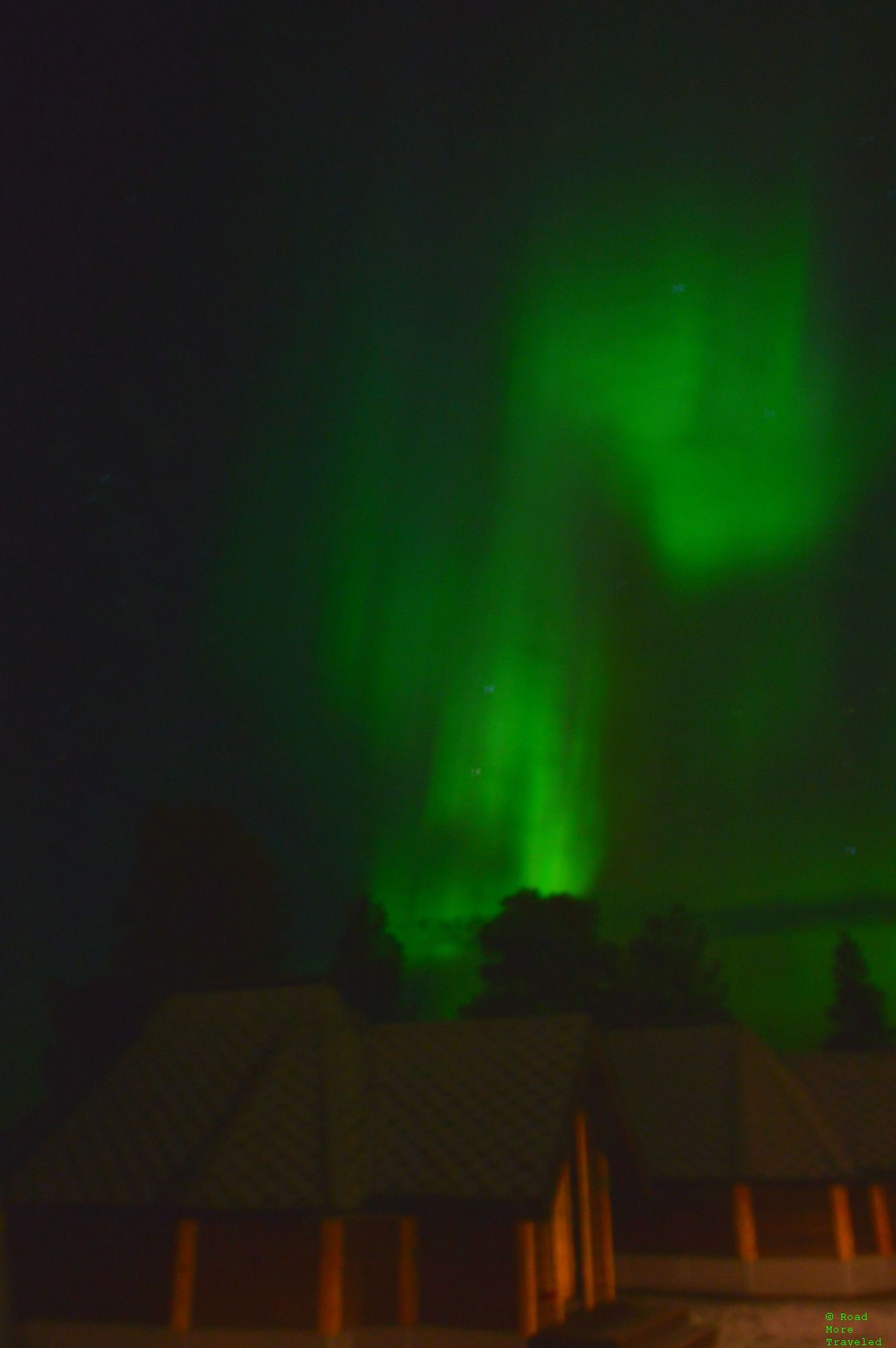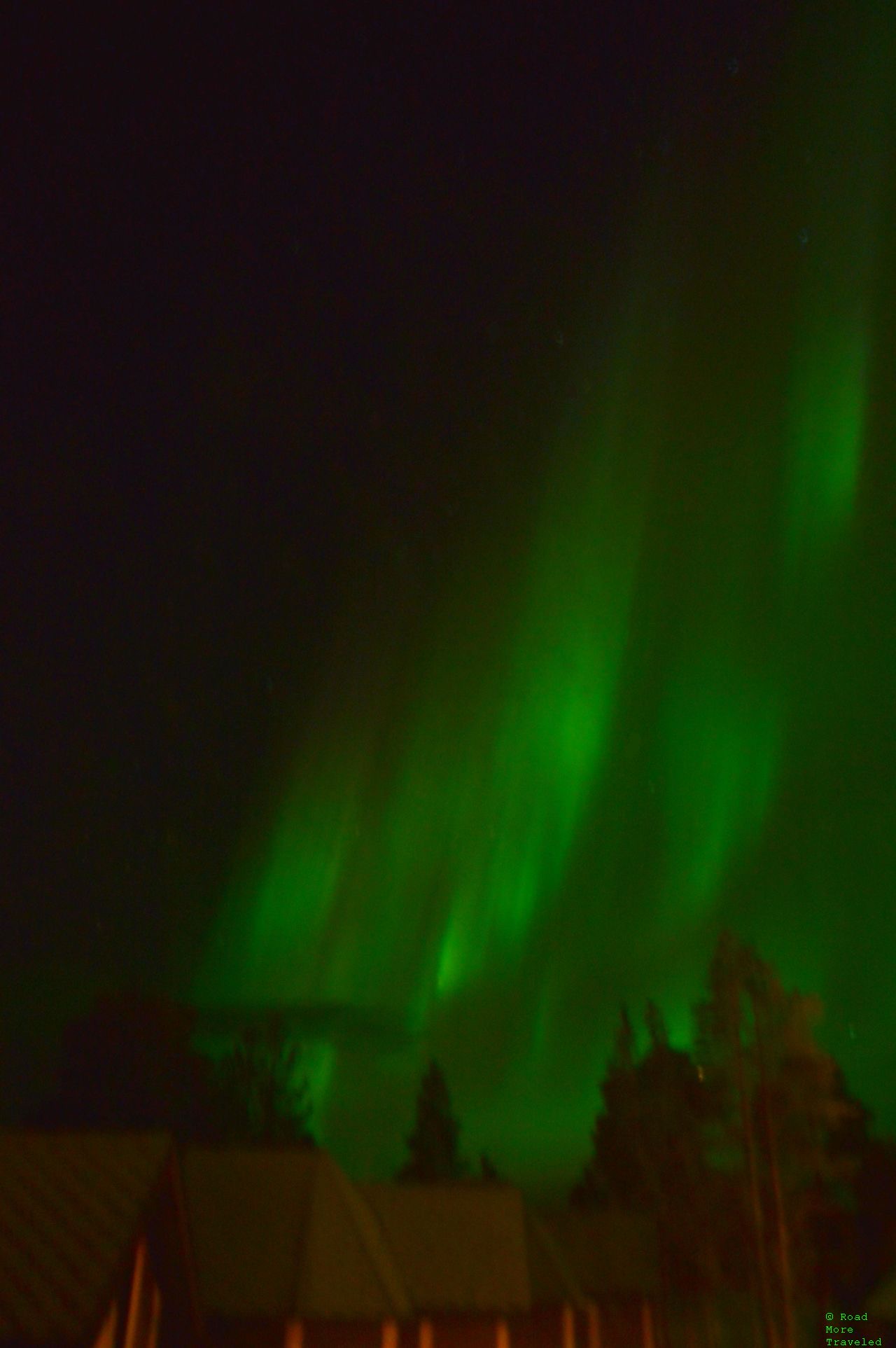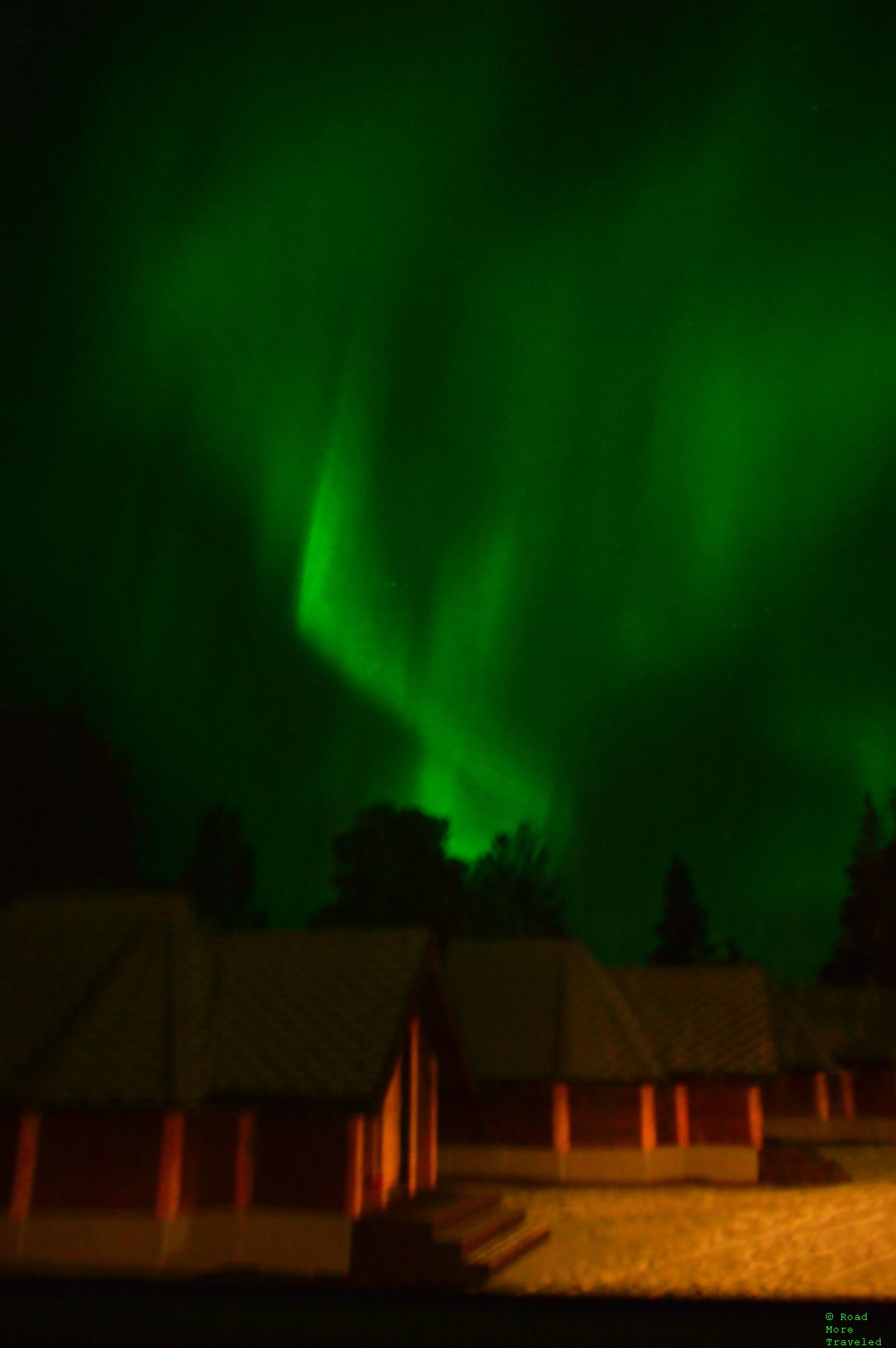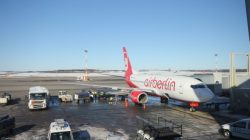I usually don’t write trip reports out of order, but I’m so behind I decided to make an exception here. As I alluded to in my review of Finnair’s new A350 Business Class, I made a late October visit to Finnish Lapland. This was much more than a review trip. I also decided to knock off a big life bucket list item, seeing the northern lights. I’ve long tried to convince my wife to return to interior Alaska to view the aurora. But she hates the cold, and has no desire to brave subfreezing temperatures to stare at colors in the sky. When I lucked into AAdvantage Saver space on Finnair in October, that sealed the deal. I planned out a solo trip to do some aurora chasing in Finnish Lapland.
NOTE: if the northern lights photos appear blurry and grainy in desktop mode, I apologize in advance. I’ve literally been working on these for months to get them right, to no avail. I promise, they look just fine in a photo editor, but then degrade when uploaded. User error of some kind no doubt, but I finally had to give up to get this published.
This post is part of my trip report series about my trip to Finnish Lapland in October, 2022. Click here for the trip report index and introductory post.
When/Where Is the Best Place and Time to See the Northern Lights in Lapland?
This site provides a pretty good overview of the optimal places and times to go aurora chasing in Finnish Lapland. In a nutshell, there’s three general tips for successfully finding the aurora borealis:
- The best timeframe is October through March, though the aurora is technically visible from late August through April. Hint: October and March still provide plenty of darkness, but also enough daylight to get in some non-aurora activities.
- Head north, but not too far north. Prime aurora viewing occurs around 68 degrees north latitude, where the lights appear roughly 3 out of every 4 clear nights. Chances actually decrease slightly as you head north of 70 degrees latitude. Major destinations in this area include Kittilä, Ivalo, and the ski resort area of Saariselkä.
- The best viewing generally occurs a couple of hours either side of midnight, but sometimes even earlier in the evening.
For my trip, I headed to Inari, a small town on a lake a little north of Ivalo. I’ve provided a map of Finland below for reference so you can get an idea of just how far north this is.
The reality, though, is that aurora chasing resembles storm chasing in a lot of ways. Namely, there’s a great deal of blind luck involved. You can encounter a spectacular light show before dinner on your first night in Lapland. Or you could spend a week there and see nothing. You’re relying on both clear skies AND the magnetic disturbances that create the aurora syncing together on a given night. That makes it largely a crapshoot. For that reason, I strongly suggest spending at least 3 nights in Lapland, and preferably 4 or 5. Odds are you’ll end up with at least one night where things work out. On my trip, the second night came through with an incredible aurora display, but the other two went el busto due to persistent cloud cover.
Of course, if you fancy seeing the northern lights, you’d best prepare for the cold. Late October proved bearable, with temperatures hovering right around freezing in Inari. Temperatures bottom out in late January, with average highs in the mid-teens Fahrenheit. The coldest nights, though, can reach 20-25 below zero. Since aurora chasing usually involves spending considerable time outside in the dead of night, prepare yourself for the conditions.
As for the best time of night to see the northern lights, you often hear stories of people sitting out in fields at 3 am. So is that really necessary? The answer is, not necessarily. If you luck into a clear night with good aurora conditions, you might get your fill of the lights by dinnertime. Other nights, you might pull an all-nighter, waiting for a brief break in the clouds to appear. I got incredibly lucky on my second night in Inari, with skies clearing by 7 pm and staying that way. That gave me my fill of the aurora borealis by a reasonable hour. Don’t count on that happening, though.
The biggest thing is you need to find someplace, well, dark. In other words, away from city lights. If there’s too much light pollution at your location, you might need to walk or drive elsewhere. The good news is, if you go to northern Lapland, the E-75 highway includes plenty of pull-out parking areas. Many of these are at picturesque spots along little lakes. Just picture this scene after dark with the northern lights setting the sky ablaze…
Another thing you need to do? Read up on how to change your camera settings to properly photograph the northern lights. And practice how to change them before you get out in the field. Trying to change settings for the first time, in the dark, in 20 degree weather, with gloves on? Not the easiest thing to do. This guide provides some good advice, but it’s trial and error to a large degree, based on local conditions. I’d also learn how to use photo editing software. Bad comes to worse, you can photoshop imperfect pictures after you get home.
Do You Need to Book a Northern Lights Tour? Or Can You DIY?
Practically every hotel catering to tourists in Lapland offers guided northern lights tours. In winter, this usually involves a snowmobile or dog sledding tour out onto a frozen lake or remote outpost. Meanwhile, during shoulder season (fall or late spring, when there’s insufficient snow or ice), these tours involve hiking in the remote forests and/or driving to areas known to be favorable for aurora viewing. The benefit of these tours is you get a local guide who knows exactly where to go. And in mid-winter, sledding out into the middle of a lake sounds pretty cool. That’s probably not something you want to do on your own if you don’t know the area.
The downside? Guided tours aren’t cheap. The hotel I stayed at, Wilderness Hotel Inari, prices tours starting at €115 per person. Tours also have a fixed length (usually 2-3 hours), so flexibility is limited.
My trip in late October was too early in the season for a snowmobile or sleigh tour. Lapland did receive its first significant seasonal snowfall the day I arrived, but the lakes weren’t frozen yet. Since paying for a tour just meant driving out somewhere to view the lights, anyway, I decided to rent a car and do it myself. Remember, though, this involves driving in a foreign country in potential winter conditions. (I’ll post on this later, but I found driving in Lapland easy enough, given the lack of traffic.)
How To Get to Lapland
Three airports service Lapland – Ivalo (IVL), Kittilä (KTT), and Rovaniemi (RVN). Here’s a map so you can get an idea of where these are located.
Ivalo and Kittilä are very very small airports with limited service. Finnair serves Ivalo via a nonstop from Helsinki. During non-peak seasons, however, the return goes via Kittilä. There is also a once-weekly nonstop on Saturdays between Ivalo and Frankfurt on Lufthansa. The only service to/from Kittilä is Finnair’s service to Helsinki. However, similar to Ivalo, flights from Helsinki during non-peak seasons go via Ivalo.
Rovaniemi offers the most frequent service. Finnair offers daily nonstops to Helsinki, of course, but numerous others carriers (mostly LCCs) provide seasonal winter service to 13 other European destinations. If you visit Rovaniemi, you can check out Santa Claus Village year-round. That’s something I really want to take my son to before he figures out Santa is dad.
I took the nonstop from Helsinki to Ivalo on the way up, which takes about an hour and a half. On the return, there was no practical way to fly from Ivalo. So I drove the 3 hours to Rovaniemi to catch the nonstop to Helsinki from there. And now on to the best part…
Aurora Chasing in Finnish Lapland
Dates of visit: October 21-23, 2022.
In my case, “aurora chasing in Finnish Lapland” ended up rather anticlimactic. That’s because I lucked out and enjoyed a fantastic show right on the hotel grounds. Wilderness Hotel Inari sits right on the shore of Inarijärvi (Lake Inari). The lake makes an ideal scene for aurora viewing, and in deep winter, you can sled out on to the lake and view the lights literally out onto the ice. Alas, it’s not cold enough for that in late October, so I settled for viewing at various points along the lakeshore.
The night I flew in to Ivalo brought the first major snow of the season to Lapland. While that transformed the landscape into a winter wonderland, it also meant overcast skies. So night one went down as a bust. The next day, snow continued on and off most of the day, leaving this wintry scene as sunset approached.
That made me skeptical of the forecast calling for skies to clear by 7 pm. Sure enough, though, the clouds really did clear by then. Soon enough, I heard a bunch of people gathering outside. I step outside, and…wow. The aurora borealis had made her appearance. And so I grabbed my camera and coat, and headed down to the lake. The lakeshore in this area is oriented northwest to southeast, and so I headed to the northwest end first, closest to my cabin. Here, green flames appeared to shoot up into the sky from some clouds in the background.
I then worked my way to the center of the hotel’s lake frontage, offering a clear view out over the lake. By now, the aurora had taken on more of the sky, with some hints of red coming through.
As the first phase of the light show began to fade, the lights began making shapes. A half octagon surrounded by green fire, anyone?
One thing to remember about the northern lights is they tend to ebb and flow through the night. After putting on a show for 30-40 minutes, the lights went dim for a bit after the above photo. Soon, though, the lights reappeared to the southeast, this time less bright but with more reds and oranges.
Soon after that, the clouds returned. I used that opportunity to warm up and make some calls back home. Around 10, the skies cleared out once again. And this time, the aurora put on a truly special show. One I didn’t even need to leave my room to enjoy. I sprung for an “igloo” cabin, which features a heated glass roof on one side facing the sky. The selling point is the ability to watch the aurora while lying down in bed. And guess what? When the conditions cooperate, you really can watch the show in bed.
The second show featured a much more vibrant aurora, with the lights truly dancing across the sky. I’ll let the photos do the talking here.
And thanks to the early show, I actually got to bed at a reasonable hour, a little after 11 pm.
I’ll talk about this in another post, but if your aurora chase goes full el busto, there are plenty of other things to do in Lapland. Arctic night makes things more challenging; Ivalo records no daylight from December 4th through January 8th. But you can still do quite a bit in the area, whether it’s visiting reindeer or husky farms, wildlife viewing, ice fishing, skiing, etc. You can even do what I did and drive to Norway to see the Arctic Ocean.
Final Thoughts
I’ve long wanted to see the northern lights, and I’m really, really glad this trip to do some aurora chasing in Finnish Lapland worked out. In a future post, I’ll share more of the things I did on my 3-day trip to the top of the world.


